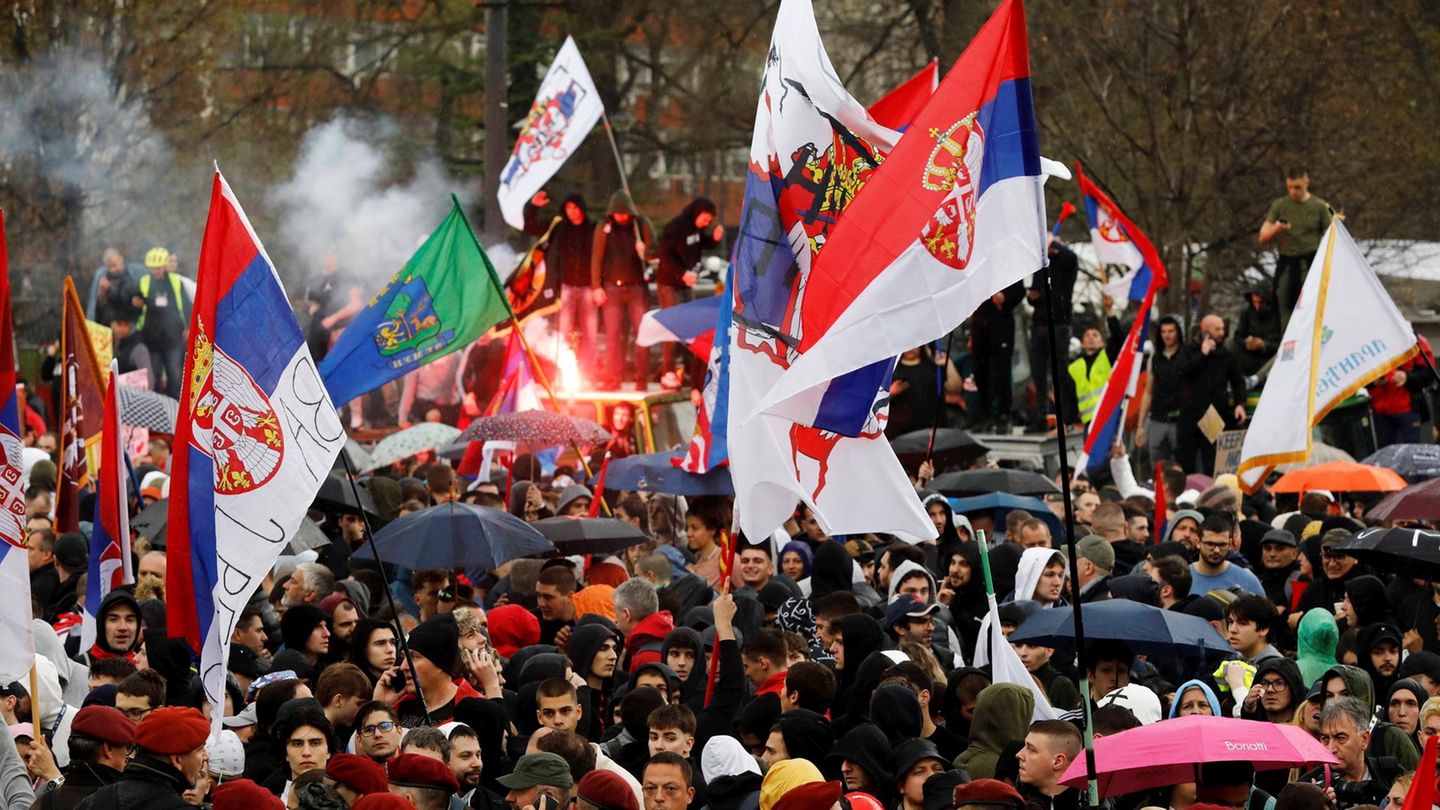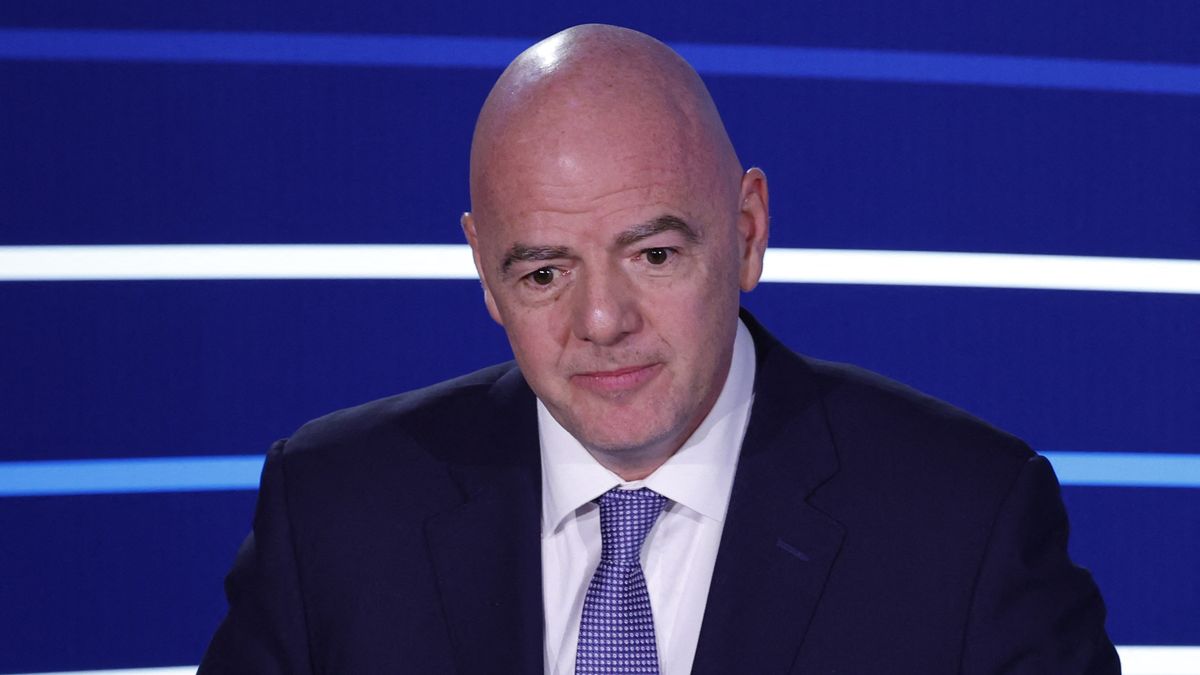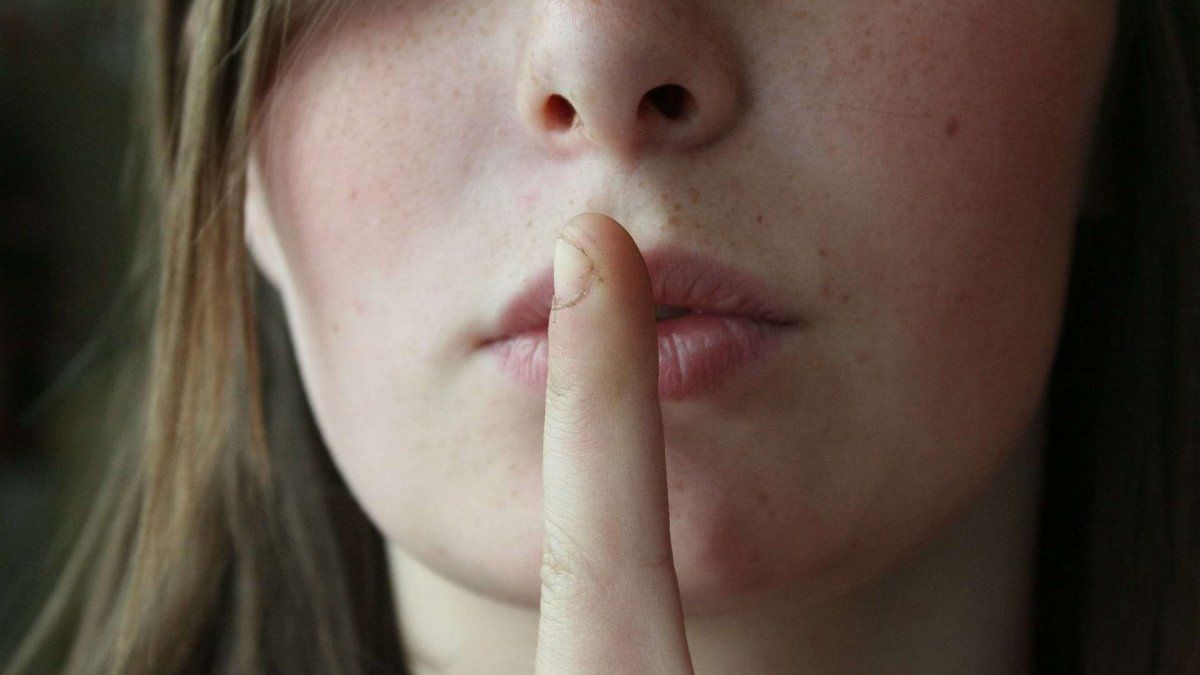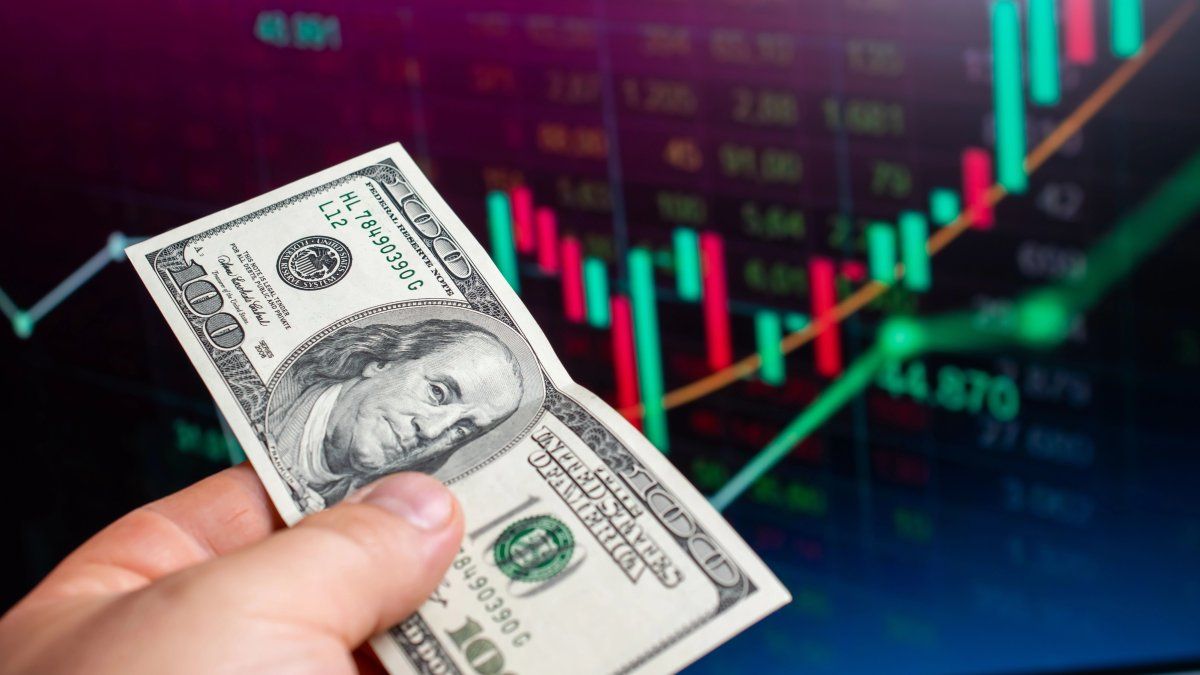EU candidate
Historical protests in Serbia – that is behind it
Copy the current link
Add to the memorial list
It is probably the greatest demonstration in the history of Serbia. Mind of silence, speeches and an unprecedented sympathy make it clear: people want another country.
The anger is big in Serbia and it breaks train in historical mass demonstrations. According to the Ministry of the Interior, 107,000 protesters in the center of the capital Belgrade gathered under the motto “On 15th for the 15”.
Why do so many people demonstrate?
“On 15 for the 15” alludes to the accident in the North Serbian city of Novi Sad on November 1st, in which a station presentation collapsed and 15 people died. The disaster triggered an unprecedented wave of protests – since November there have been protests in Serbia almost every day. Observers described the rally on Saturday, March 15, as the greatest demonstration in the history of the Balkans.
Who is going on the street in Serbia?
The protests are primarily supported by the country’s students. Hours before the large demonstration announced for Saturday afternoon gathered thousands of government opponents in the capital Belgrade. According to the Interior Ministry, 31,000 people were gathered in the city on Friday evening to celebrate the arrival of the demonstrators.
From all over the country, thousands of students travel to Belgrade – on foot, by bike or with the tractor. Large groups of young people had covered considerable distances in partly multi -day foot marches, for example from the Central Serbian Kragujevac (140 kilometers) or the northern border town of Subotica (190 kilometers), reports the dpa news agency.
What are the demonstrators demanding?
The participants of the protests blame the corruption of the governing under the partly authoritarian president Aleksandar Vucic for the accident in Novi Sad. The train station had been rebuilt. However, they do not demand the resignation of politicians, but the consistent enforcement of the rule of law and the punishment of corrupt actors.
Critics accuse Vucic of supporting his power on corrupt networks, limited media freedom and manipulated elections. Control over the judiciary enables him to maintain conditions that contradict the rule of law.
Are the protests peaceful?
Vucic had previously meant that the students planned a violent overthrow and stormed public buildings. But the major event was peaceful.
The center of the rally was the Slavija Square in the late afternoon, on which the organizers had built a stage. “See where we are. See how many we are. Your voice counts. (…) Let us awaken Serbia together. The night is the darkest before dawn,” a student called the first speaker to the crowd. At 11:52 a.m., the time of the accident of Novi Sad, thousands of people who were already in Belgrade held a 15 -minute long silent for the victims. An unreal silence laid about the city, reporters from the dpa news agency.
What do the government and its supporters do?
In a southern suburb of Belgrade, a driver deliberately drove into a lot of marching people. Three young people suffered injuries, the police said. The driver of the vehicle was arrested. In the past, too, attacks on demonstrators had always occurred, be it through government supporters with their cars or by rackets from the regional party of President Vucic.
Vucic had further fueled the situation in the past few days with warnings of violent clashes. The President called for a counter -demonstration and warned of “massive violence” of the government -critical demonstrators. Since hooligans, war veterans and other ultra -nationalist supporters of the President have already been spotted in Belgrade, attacks on the protesters are feared in advance. EU and UNO therefore called on the government in Belgrade to respect the right to demonstrate and avoid violence.
Take room in the Brussels waiting room: These countries run for the EU accession
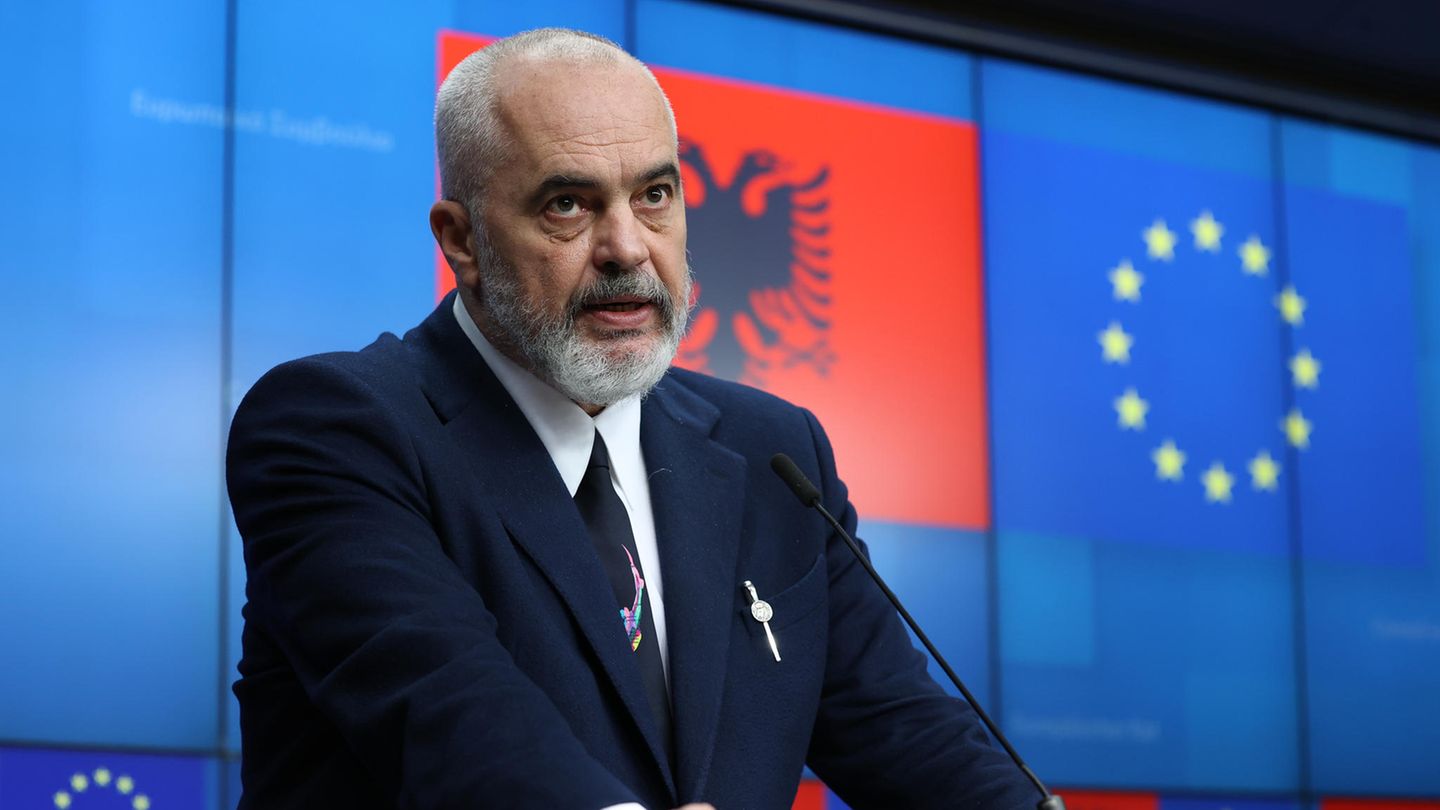
Albania
Current status: Accident candidate (since 2014) – Application for membership: 2009
Albania has been the potential candidate of accession since the European Council’s summit in Thessaloniki in 2003. Six years later, the Republic officially submitted its membership application on the Balkan Peninsula. However, the EU Commission came to the conclusion in 2010 that the country has not yet adequately met the requirements for membership known as the “Copenhagen criteria”.
It was only four years later that Albania was awarded the candidate in the candidate after it carried out the required judicial and administrative reforms. Last but not least, the widespread corruption and organized crime blocked the process.
In a mid -December The heads of state and government, which were adopted, asked their colleagues from the Western Balkans to determine reforms- after all, a rapid accession is in mutual interest. However, Albania sees itself as the “Geisel” of the long-term dispute around North Macedonia, the EU wanted to open the negotiations for both states at the same time.
Photo: The Albanian Prime Minister Edi Rama at a press conference in Brussels
© Dursun Aydemir / Picture Alliance
More
Open the image subtitle
Back
Further
“We are an extremely democratic country,” the president tried to calm the concerns on Friday evening in a speech. “We will do everything in our power to secure the demonstration,” he announced. At the same time, Vucic threatened that as President he would not allow “that the street dictates the rules”.
Is the government going against the demonstrators?
According to government information, six activists were arrested on Friday. They are suspected of having planned “actions against the constitutional order and the security in Serbia”. “What is asking all the question is whether the government will try to bring about violent situations in order to then have a pretext for the proclamation of the state of emergency,” said expert Srdjan Cvijic from the Belgrade Center for Security Policy.
Student associations had previously called in online media to demonstrate “calm and responsibly”. “The aim of the movement is not to penetrate institutions or attack those who think differently than we do,” it said. “This movement must not be misused.”
How could things go in Serbia?
One thing is clear: the Serbian government is under growing pressure due to the wave of protests. At the beginning of the month, the parliament passed a law, which reduces tuition fees by up to 50 percent – a request from the students that have been demonstrating for months. Nevertheless, the demonstrations are more likely to expand and in addition to young people, other population groups are also participating.
At the end of January, Prime Minister Milos Vucevic declared his resignation. Serbia’s President Aleksandar Vucic alternately calls on a dialogue or blames foreign interference for the protests – a reproach that Kremlin chief Vladimir Putin had also expressed after a phone call with Vucic. The Serbian President pursues a rather Russia -friendly policy, so his country has so far not joined the western sanctions against the war leading Russia.
Serbia has been a candidate for the EU since 2012. However, the prospects for an accession of the country are currently considered low, since Belgrade would initially have to adopt basic reforms.
Note: This message has been updated.
Dpa · AFP
MKB
Source: Stern
I have been working in the news industry for over 6 years, first as a reporter and now as an editor. I have covered politics extensively, and my work has appeared in major newspapers and online news outlets around the world. In addition to my writing, I also contribute regularly to 24 Hours World.

